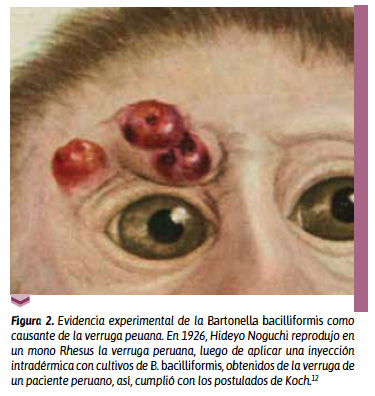 |
| Sunset and moon over the Atacama desert (photo by me) |
I apologize for missing my June update, but I was traveling through Chile. I have to admit, I didn't know that much about Chile before going there. The famous government coup occurred before I was born, and wasn't "resolved" until I was 4. High school history classes in the US don't really pay any attention to Chile whatsoever.
 |
| Lincanbur volcano (left) and desert vegitation (photo by me) |
My itinerary centered around the northern regions of Chile, specifically the Atacama desert. The Atacama desert is the driest desert in the world, and is known for its abundance of copper and lapiz lazuli, a rare blue stone that you can really only get in Chile and Afghanistan. The Atacama desert is also a great place for meteorites, because the super dry atmosphere preserves them in their natural "space-state" (scientific term), and the flat neutrally-colored desert make them easy to find.
 |
| Valle de la Muerte (photo by me) |
Disease-wise, Chile's had pretty excellent luck compared to its neighbors of the South American continent. Of course, after booking my flights, the first thing I did was hit the books (err..internet) to look for diseases in Chile. Its winter there right now, so mosquitoes and other disease-spreading insects aren't really an issue until the warm months return. Actually, the Atacama desert environment isn't all that great for mosquitoes, since it's dry and at a higher altitude than they generally enjoy. Sandflies, on the other hand, are the perfect candidates to spread certain infections.
 |
| Lutzomyia genus Sandfly, responsible for transmitting Bartonellosis and Leishmaniasis. |
Bartonellosis is an disease caused by Bartonella baciliformis, and has many manifestations. Oroya Fever, also known as Carrión's disease, is mainly found in Peru, Ecuador and Columbia, but with vector migration, movement and spread of the disease is possible. Some travel books about Chile have warnings about Bartonellosis when traveling to the north.
Oroya Fever occurs when B. baciliformis infects endothelial cells and red blood cells. Acute phase (Carrión's disease) occurs when the infection persists in the bloodstream, causing sustained fever, malaise, hepatomegaly, jaundice, lymphadenopathy, splenomegaly, and severe hemolytic anemia. Fatality rates are high, up to 40% of patients, when acute phase infections go untreated. Risks of fatality increases dramatically by the presence of opportunistic infections, specifically by Salmonella species, as a result of transient immunosuppression.
Chronic phase, or "Verruga Peruana" or "Peruvian Warts", is an eruptive phase that occurs when endothelial cells are involved. In addition to fever, malaise, arthralgias (joint pain), myalgias (muscle pain), lymphadeopathy (lymph node involvement), hepatomegaly (enlarged liver), and splenomegaly (enlarged spleen), patients develop a cutaneus rash produced by a proliferation of endothelial cells.The cutaneous rash involves raised lesions that can rupture and bleed.
 | |
| Illustration of verruga peruana from 1926, via Sci ELO Peru |
 |
| Verruga peruana on a child |
Cat Scratch Disease, also known as "Cat Scratch Fever", on the other hand, occurs worldwide, and is caused by Bartonella henselae. I couldn't help thinking of Ted Nugent while writing this post. I like to think this song is about Bartonellosis.
Cat Scratch Disease is usually spread by fleas and ticks. Cats, being the scrappy beings that they are, can develop an immunity after being exposed at a young age. Dogs present severe symptoms. Humans are susceptible to Cat Scratch Disease infection if they are scratched by an infected cat or bitten by a flea or tick carrying B. henselae. Antibiotics can successful treat Bartonellosis.
 | ||||
| Image "borrowed" from Galaxy Diagnostics Webinars |
While I was in Chile, I discovered the abundance of stray animals that inhabit every city. It was really shocking and sad, especially to see so many stray dogs in urban cities. Santiago and San Pedro de Atacama had primarily stray dogs, while Valparaiso had some stray dogs and a TON of stray cats (that could have been outdoor pets without collars...but...). This article from last year claims there are initiatives for mass sterilization of stray dogs to help stop the growth of homeless dog populations in Santiago, but there weren't any signs of progress when I visited last week.
That's all I have for you today. Check back in a few weeks for a new update (I'm going to do two for July since I skimped out on my blogging responsibilities in lieu of vacation!).
 |
| Valle de la Luna (photo by me) |


No comments:
Post a Comment